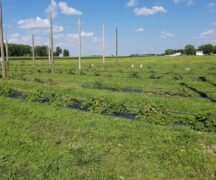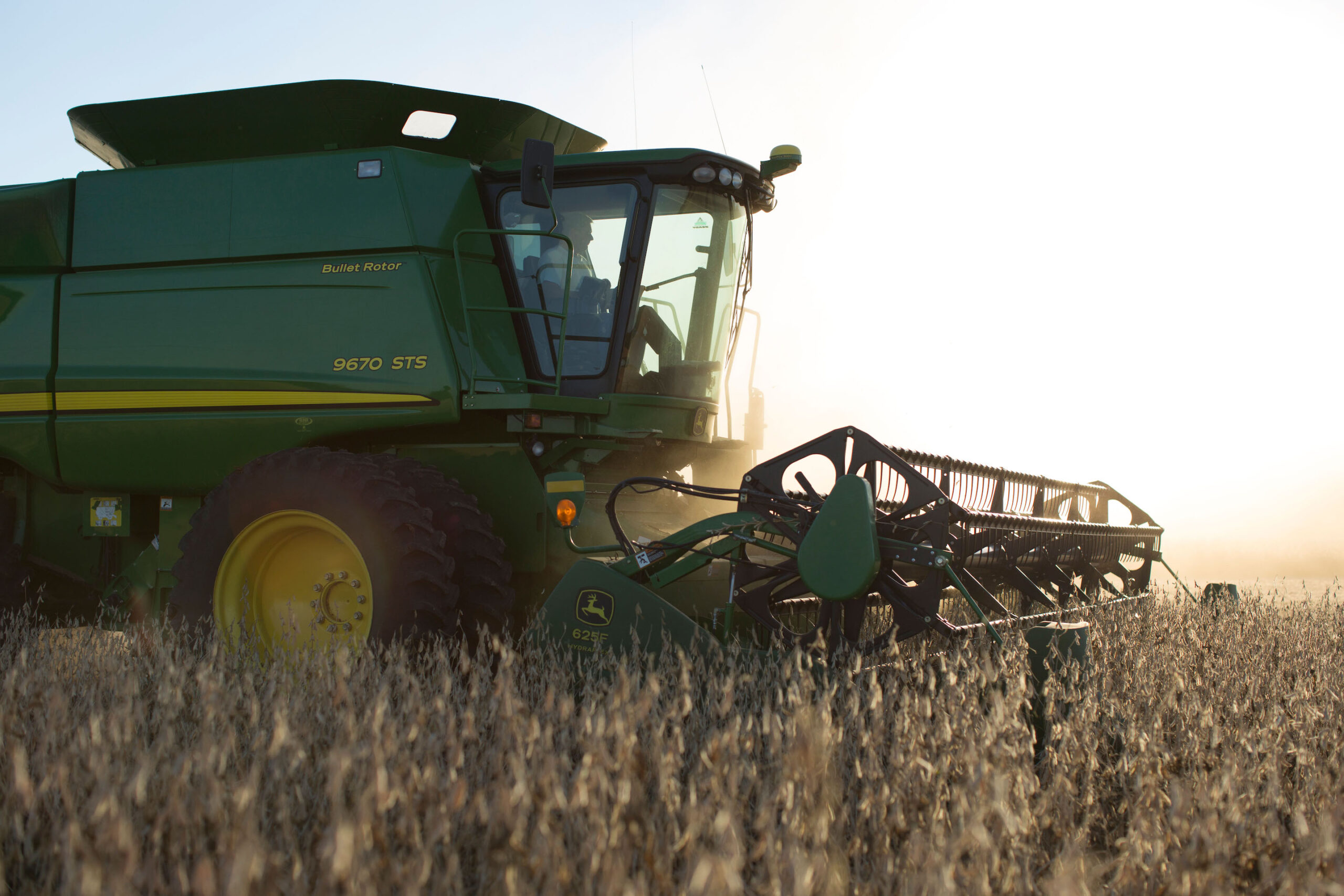By JULIE CARLE
BG Independent News
Ohio Department of Agriculture Director Brian Baldridge is high on the state’s agricultural industry.
“I do not get tired of saying food and ag here is such a massive part of our economy,” the seventh-generation farmer and state agriculture director said during the CIFT Agribusiness Forum on June 20.
With over 200 different crops and livestock grown in Ohio, agriculture contributes more than $124 billion to the state’s annual economy. The state has over 13 million acres in agricultural production and ranks first in Swiss cheese production, second in egg production, and fifth, seventh and eighth in soybeans, corn and pork production, respectively.
“One in eight employees across the state are employed through food and agriculture, so it is a critical part of our state,” he said.
The agriculture department has 530 employees who work in diverse programs—from animal health and auctioneers to meat inspections and soil and water conservation, Baldridge said, “We work hard each and every day protecting customers and supporting the manufacturing, food and ag industry.”
Under the leadership of Gov. Mike DeWine and Lt. Gov. Jon Husted, water quality is among the top priorities of the department, with the H2Ohio program one of the leading initiatives.
“For me, it’s personal,” Baldridge said about the H2Ohio program. When he was a freshman House of Representatives member in 2019, water quality programs were an important part of the executive branch budget. “Now to flip gears, I am on the operational side of that program, realizing the importance of what H2Ohio means in our great state.”
H2Ohio, a comprehensive plan designed to address complex issues affecting Lake Erie, originally started in 14 northwest Ohio counties in the Maumee River Watershed. The comprehensive approach is guided by science and data to reduce algal blooms, stop pollution, and improve access to clean drinking water by supporting best management practices, road salt runoff reduction, litter cleanup, dam removal, land conservation and water infrastructure revitalization.
The fundamental basis for the program is voluntary nutrient management practices on their land, using soil testing—covered by the ag department—to make sure only the needed amount of nutrients is being strategically placed on the land.
“Years ago, we made some mistakes. There were standards that we would just go out and put this amount of fertilizer and we wouldn’t think about where we were applying manure,” Baldridge said. “We didn’t think about the needs of the soil.”
Today, thanks to the partnership with the Soil and Water Conservation Districts, one out of two fields in northwest Ohio is signed up for the program. The program expanded to the rest of the Western Lake Erie Basis, bringing the total to about 2,600 producers and 1.8 million acres signed up. The program is extended to the rest of the state
Water quality and soil health are important to the business model for Ohio farmers and the agricultural community. “We care about water quality because without those two vital things, we are not able to provide food for our nation and our world,” he said.
Farmland preservation is also a focus of the department, Baldridge said, though the definition varies greatly across the state. He has created a task force comprised of people “that have a lot of love in the agricultural space and want to protect our farmlands of the future.”
One of the concerns is that about a million acres have come out of agricultural production in Ohio in the past 20 years. While acreage has decreased, ag production actually has increased. “Knowing that there is less land to produce on is a concern,” he said.
However, from an economic development standpoint, sometimes the land lost from agriculture is a boon to industry. Baldridge pointed to the “big announcement of Intel and a lot of other announcements.”
There is economic growth for Ohio with those announcements, “but Intel sets on some prime, beautiful farm ground that has come out of production,” he said. “We have to balance industrial, residential, solar growth, or different expansions that have gone away from urban areas to rural Ohio.”
Ohio was one of several states that received federal funds for the Reliance Food Safety Infrastructure grant program. More than 200 applications from the middle supply chain sector are being reviewed for a share of the $12 million provided for the infrastructure grants, Baldridge reported.
Funds will support expanded capacity for aggregating, processing, manufacturing, storing, transporting, wholesaling and distributing locally and regionally produced food products. Meat and poultry, which are eligible for other state funds, are excluded from these grants.
“This grant hopefully really lifts up and removes some of the challenges that folks have within the middle supply chain area,” he said.
Nearly $14 million from the state legislature supported meat processors “to lift up their programs and make some investments within their businesses,” he said. The owners’ share was 35% and the state share was $65%.
“We invested $14 million in the meat processing space and turned it into $20 million,” Baldridge said. “I think it’s a good story to tell” to encourage additional support.
He is a strong proponent of agriculture telling its story to help promote the agricultural community, food and ag in trade and export. He has recently hired a position for agricultural trade and export “to help support the stakeholders, the commodities and the work they do in their sectors.”
Baldridge encouraged farmers and those in the agriculture industry to build relationships with legislators at the local, state and national level. “I love to use the words: Relationships before issues,” he said.





